Related Research Articles
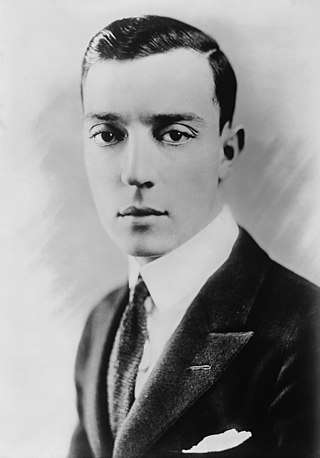
Joseph Frank "Buster" Keaton was an American actor, comedian and film director. He is best known for his silent films during the 1920s, in which he performed physical comedy and inventive stunts. He frequently maintained a stoic, deadpan facial expression that became his trademark and earned him the nickname "The Great Stone Face".
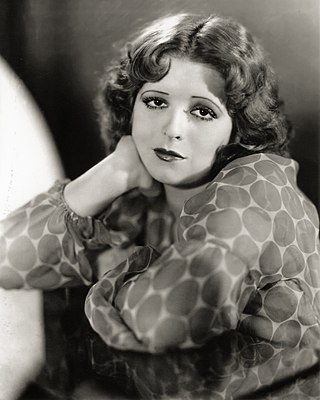
Clara Gordon Bow was an American actress who rose to stardom during the silent film era of the 1920s and successfully made the transition to "talkies" in 1929. Her appearance as a plucky shopgirl in the film It brought her global fame and the nickname "The It Girl". Bow came to personify the Roaring Twenties and is described as its leading sex symbol.

William Washington Beaudine was an American film director. He was one of Hollywood's most prolific directors, turning out a remarkable 179 feature-length films in a wide variety of genres.

Educational Pictures, also known as Educational Film Exchanges, Inc. or Educational Films Corporation of America, was an American film production and film distribution company founded in 1916 by Earle Hammons (1882–1962). Educational primarily distributed short subjects; it is best known for its series of comedies starring Buster Keaton (1934–37) and the earliest screen appearances of Shirley Temple (1932–34). The company ceased production in 1938, and finally closed in 1940 when its film library was sold at auction.
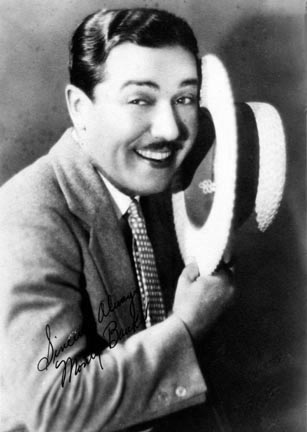
Montague (Monty) Banks was a 20th century Italian-born American comedian, film actor, director and producer who achieved success in the United States and United Kingdom.

Henry William George Lupino professionally Lupino Lane, was an English actor and theatre manager, and a member of the famous Lupino family, which eventually included his cousin, the screenwriter/director/actress Ida Lupino. Lane started out as a child performer, known as 'Little Nipper', and went on to appear in a wide range of theatrical, music hall and film performances. Increasingly celebrated for his silent comedy short subjects, he is best known in the United Kingdom for playing Bill Snibson in the play and film Me and My Girl, which popularized the song and dance routine "The Lambeth Walk".
Phonofilm is an optical sound-on-film system developed by inventors Lee de Forest and Theodore Case in the early 1920s.

Arthur Housman was an American actor in films during both the silent film era and the Golden Age of Hollywood.
Charles Lamont was an American filmmaker, known for directing over 200 titles and producing and writing many others. He directed nine Abbott and Costello comedies and many Ma and Pa Kettle films.

Flora Le Breton was an English silent film actress from Croydon, Surrey, England. She was a dainty blonde with dark blue eyes. In the UK she was called both "the British Mary Pickford" and "the English Mary Pickford".

Louis Monta Bell was an American film director, producer, and screenwriter.

Earle W. Hammons, known professionally as E. W. Hammons, was an American film producer,. He produced more than 220 films between 1921 and 1938.

Tiffany Pictures, which also became Tiffany-Stahl Productions for a time, was a Hollywood motion picture studio in operation from 1921 until 1932. It is considered a Poverty Row studio, whose films had lower budgets, lesser-known stars, and overall lower production values than major studios.

Dimitri Buchowetzki (1885–1932), born Dmitry Savelyevych Bukhovecky, was a Russian film director, screenwriter, and actor in Germany, Sweden, United States, United Kingdom, and France.
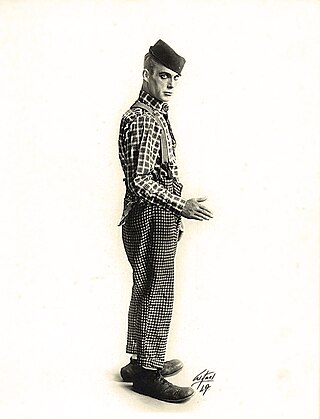
Al St. John (1893–1963) was an American comic actor who appeared in 394 films between 1913 and 1952. Starting at Mack Sennett's Keystone Film Company, St. John rose through the ranks to become one of the major comedy stars of the 1920s, though less than half of his starring roles still survive today. With the advent of sound drastically changing and curtailing the two-reel comedy format, St. John diversified, creating a second career for himself as a comic sidekick in Western films and ultimately developing the character of "Fuzzy Q. Jones", for which he is best known in posterity.

Cliff Bowes, also known as Clifford Bowes, was an American silent film actor. He appeared in numerous comedy shorts.

Tuxedo Comedies were a brand of short comedy films in the United States. Comedian Al St. John appeared in and directed many of them after his three years with Fox Film doing Sunshine Comedies. They were produced by Reel Comedies. Educational Pictures distributed.
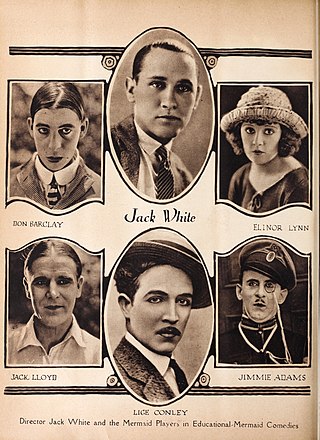
Mermaid Comedies are comedy short films that were produced in the United States. They were distributed by Earle W. Hammons' Educational Pictures and were at the high end of its comedy series brands.
Jack Stevens (1903–1961) was an American cinematographer active during the silent and early sound era. He worked on several Laurel and Hardy films for Hal Roach Studios. He was the elder brother of the director George Stevens.
References
- ↑ Ross, Matthew (14 December 2020). "Cameo Comedies". The Lost Laugh. Archived from the original on 16 September 2021. Retrieved 12 June 2021.
- ↑ Slide, Anthony (February 25, 2014). The New Historical Dictionary of the American Film Industry (Ebook). United Kingdom: Taylor & Francis. pp. 32, 45. ISBN 978-1-135-92554-3. Archived from the original on November 10, 2023. Retrieved March 18, 2023.
- ↑ Webb, Graham (July 13, 2020). Encyclopedia of American Short Films, 1926-1959 (Paperback). McFarland, Incorporated, Publishers. pp. 5, 9, 13, 43, 83, 200, 225, 155, 264, 268, 303, 367. 404, 419, 503, 556, 588, 635. ISBN 978-1-4766-8118-4. Archived from the original on November 10, 2023. Retrieved March 18, 2023– via Google Books.
- ↑ Zone, Ray (April 23, 2014). Stereoscopic Cinema and the Origins of 3-D Film, 1838-1952 (Ebook). University Press of Kentucky. ISBN 978-0-8131-4590-7.
- ↑ King, Rob (2017). ""The Spice of the Program"". Hokum!. University of California Press. pp. 95–124. JSTOR 10.1525/j.ctt1pq348z.8.
- ↑ http://www.cinemamuseum.org.uk/wordpress/wp-content/uploads/2018/03/Silent-Laughter-2018-Programme-Notes.pdf Archived 2022-05-26 at the Wayback Machine Silent Laughter, A Weekend Celebration of Silent Comedy at the Cinema Museum, Program
- ↑ Alanen, Antti (October 5, 2016). "Antti Alanen: Film Diary: Al Christie – Girls". Archived from the original on May 19, 2021. Retrieved June 12, 2021.